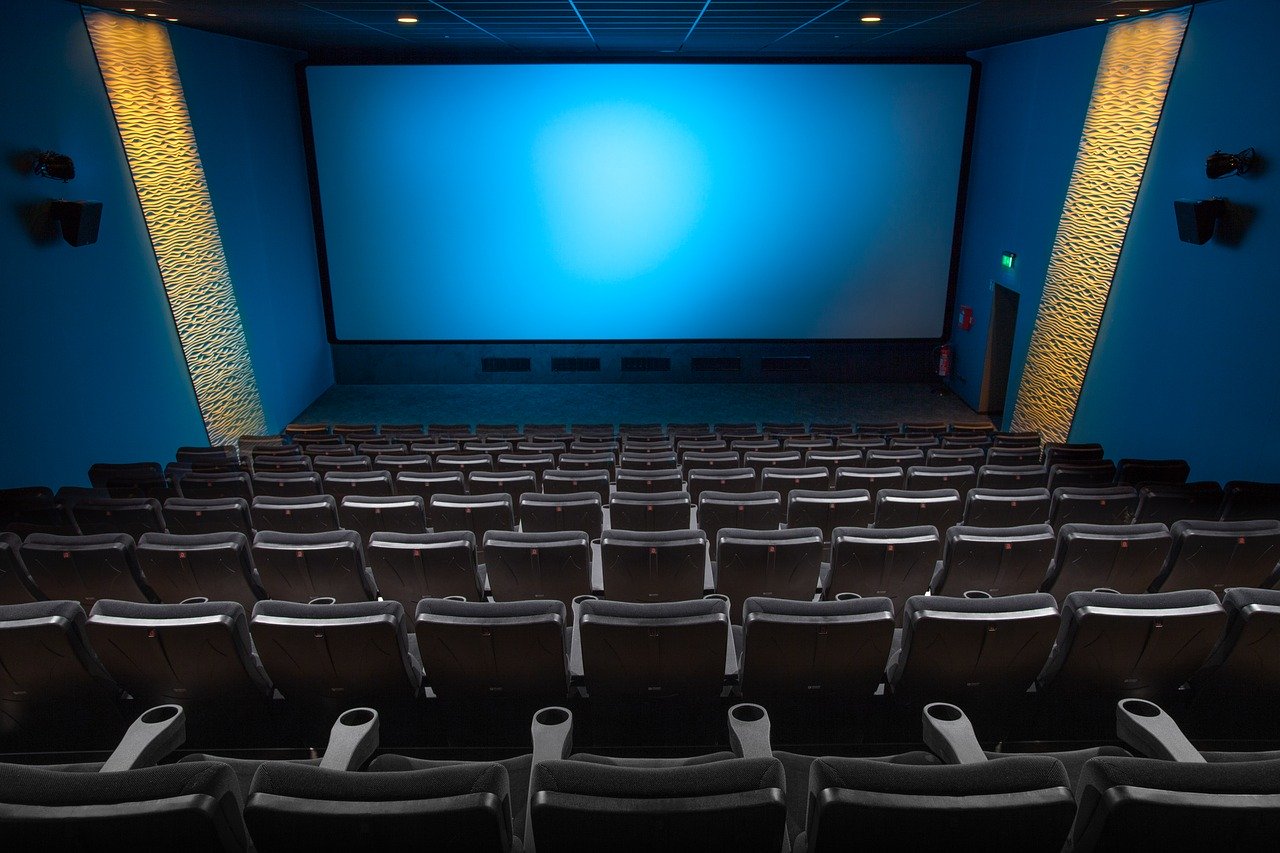Hard to believe that it’s only been a little over three decades since the people of Romania decided they’d had enough of their country’s communist strongman and rose up to topple his suffocating regime. And it’s even harder to believe that out of the ashes of the Ceauşescu dictatorship eventually rose a remarkable Romanian New Wave in the mid-aughts, one that put this small nation on the cinematic map from Cannes, to Venice, to the Berlinale and beyond.
But, for anyone paying close attention, the signs were there at least a decade earlier, most notably in the output directly on the heels of the 1989 revolution. Thankfully, there’s “Making Waves: New Romanian Cinema” to set the record straight. “The Romanians: 30 Years of Cinema Revolution” retro, the largest series devoted to Romanian film ever to be presented on these shores, began at NYC’s Film Forum last year, and tours through this spring to the UC Berkeley Art Museum and Pacific Film Archive (BAMPFA); the Seattle Northwest Film Forum and SIFF Film Center; the Lightbox Film Center in Philadelphia; the ASU Marston Exploration in Phoenix; and Silver Spring’s AFI Silver Theatre and Cultural Center, before wrapping up at DC’s National Gallery of Art*.
And while the 30-film lineup expectedly includes such Cannes darlings as Radu Muntean’s 2010 infidelity drama Tuesday, After Christmas, Cristi Puiu’s 2005 Un Certain Regard winner The Death of Mr Lăzărescu, and Cristian Mungiu’s 2007 Palme d’Or nabbing 4 Months, 3 Weeks and 2 Days, it’s the nonfiction films in the program that proved to me the most surprising. (Well, other than Lucian Pintilie’s 1992 absurdist road trip The Oak, which screens in a new 4K restoration. That batshit bonkers flick is based on a novel by Ion Băieşu, who seems to have been Romania’s answer to Terry Southern.)
The most high profile of the five docs selected is probably Andrei Ujică’s 2010 epic The Autobiography of Nicolae Ceauşescu. Clocking in at a riveting three hours, it’s a journey through a quarter century in the life of the titular leader solely via newsreels and home movies from the National Archives of Romania. (It also took its director four years to carefully craft from a thousand hours of material.) And while the dictator and his wife Elena were ultimately dispensed with via firing squad, this “autobiography” deftly allows the despot to, in essence, hang himself.
And while that tour de force is every bit as powerful today as when it first played Cannes, it’s merely the final film in a trilogy that began with Andrei Ujică & Harun Farocki’s 1992 stunner Videograms of a Revolution, also screening in the program. Running at an equally mesmerizing 106 minutes, the film likewise utilizes archival footage – in this case a mix of amateur video alongside startling Romanian state TV broadcasts from the demonstrators themselves after they took control of the national station. And yet Videograms of a Revolution feels less historical than eerily contemporary, as the Romanian protestors were the first to use TV as a main tool to bring down a corrupt government. The revolution will indeed be televised.
And Ovidiu Bose Paștină’s Timișoara, December 1989 (a documentary from 1991, only two years post-revolution!) makes for a great companion piece to the aforementioned film. Though a lot of us westerners, myself included, mistakenly assumed that the fall of the Ceauşescu regime began in the capital city of Bucharest, it was actually a brief uprising in the small town of Timișoara that played the pivotal fuse-lighting role. It was there that government troops were dispatched to put out the revolutionary fire – and instead ended up siding with the freedom fighters. Rendered entirely in grave black-and-white, and combining archival footage and photos that capture the events in blow-by-blow detail with first-person interviews (from all sides of the conflict), Timișoara, December 1989 sweeps us into a new view of history that reverberates around the world to this day.
And then there’s Alexandru Solomon’s 2004 “political detective story” The Great Communist Bank Robbery that actually rewrites an invented history. The fact of a brazen robbery at the Romanian National Bank in 1959 has never been in dispute. Nor has the apprehension of the alleged burglars – who once caught took part playing themselves in a television movie reenacting the crime (supposedly to avoid receiving the death penalty). But who were these robbers really, and why did they steal money that would be difficult to spend? Solomon takes a deep dive through long buried archives to get at a twisted truth, stranger-than-fiction and banally evil, too.
And yet Anca Damian’s 2011 animated feature Crulic – the Path to Beyond is perhaps the most disturbing doc in the lineup. Playing like Steve McQueen’s Hunger crossed with Ari Folman’s Waltz with Bashir, the film explores the true sordid story of Claudiu Crulic, a young Romanian man working in Poland who was arrested for a crime he didn’t commit. Subsequently jailed without recourse, Crulic eventually staged a hunger strike – from which he died. The events, rendered in lovely hand-drawn, cutout and collage animation, are discordantly “narrated” by Crulic from beyond the grave, lending the entire saga of justice denied a ghostly aura. And the fact that Crulic passed away in 2008, nearly two decades after the revolution brought hope for human rights to Romanians for the very first time, makes it all the more heartbreaking.
*Please check with each individual venue to find out whether the retro has been canceled/postponed in the light of coronavirus.
This festival is now available to stream
Image credit: Alfred Derks

